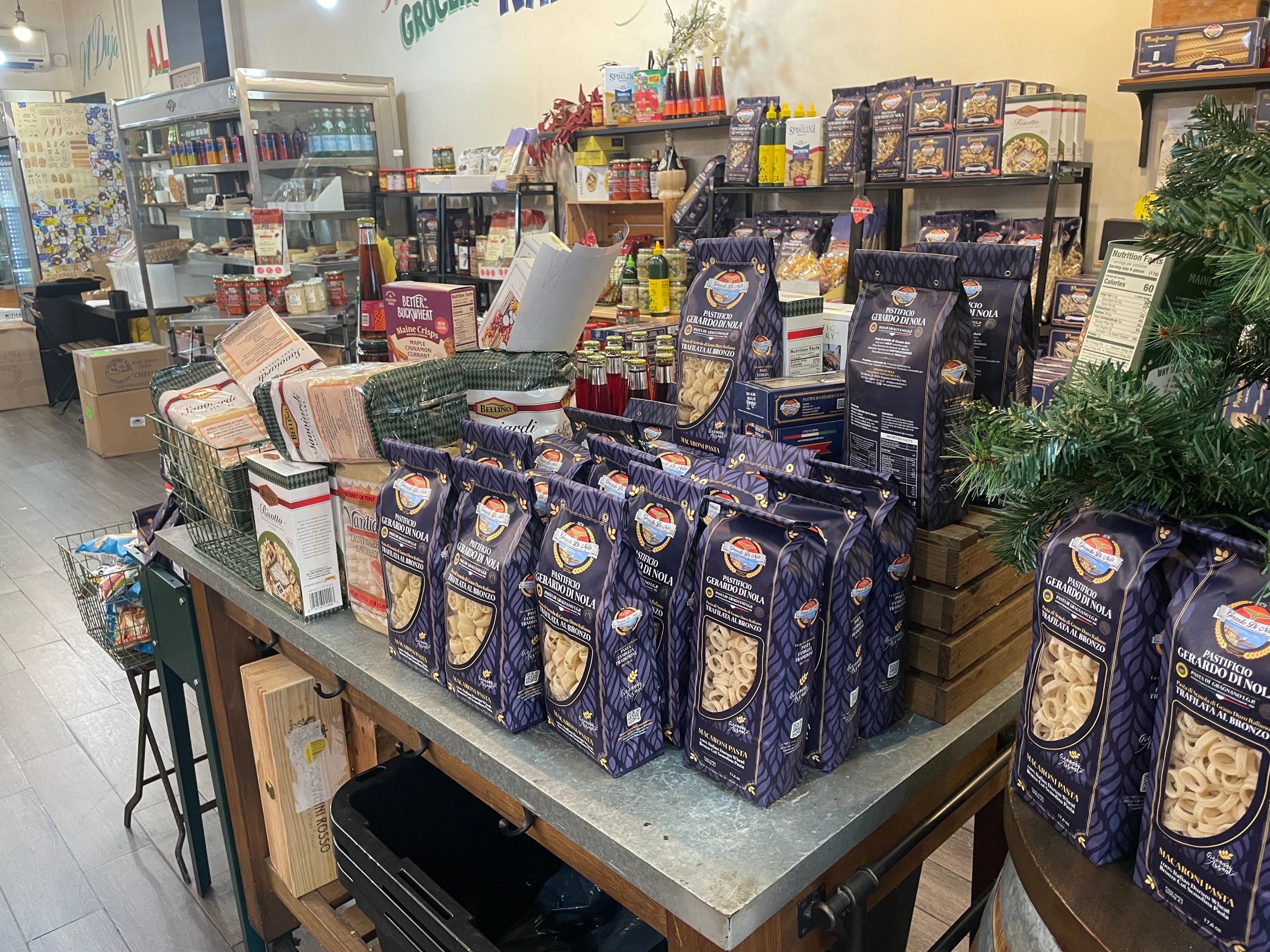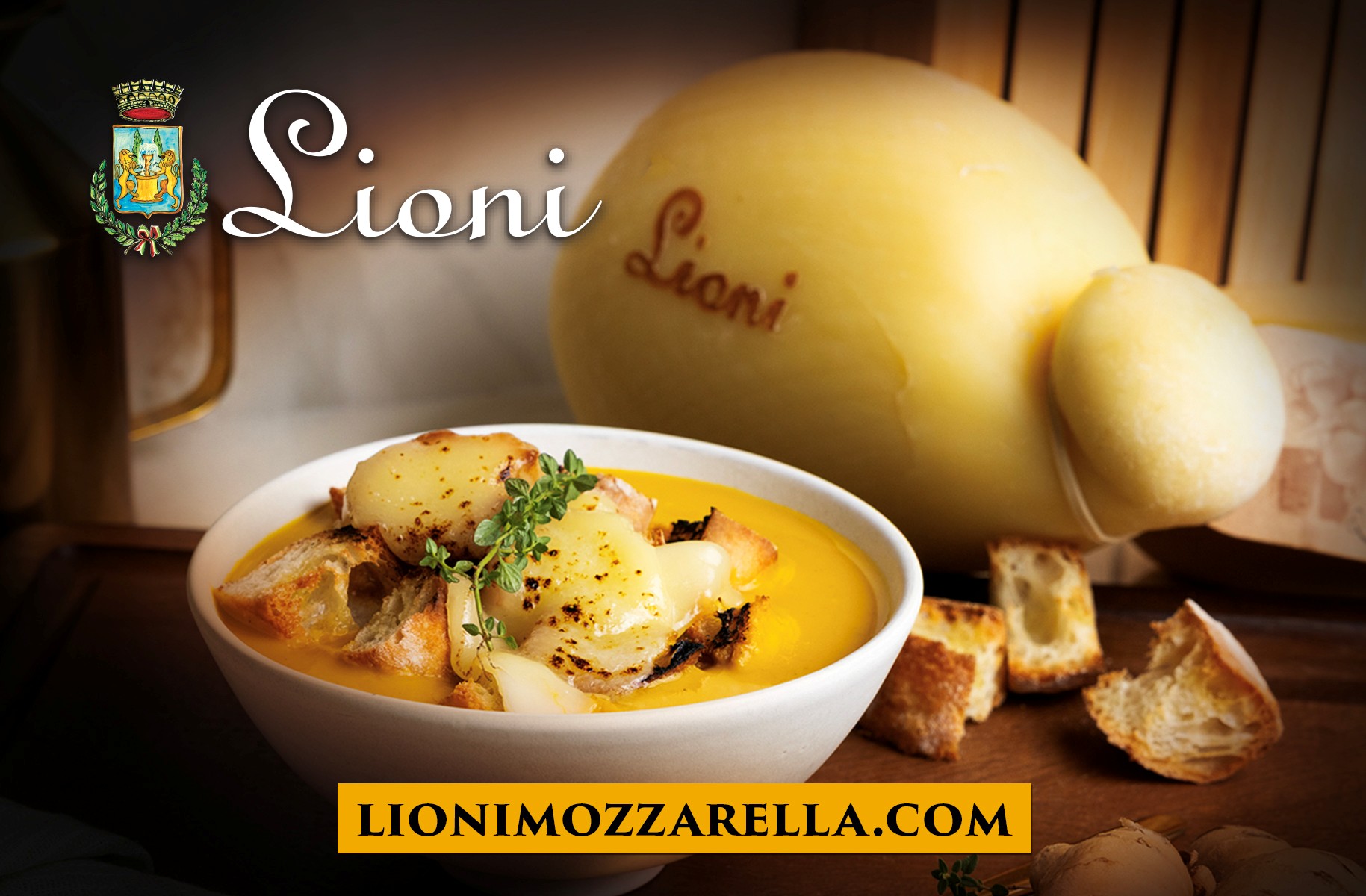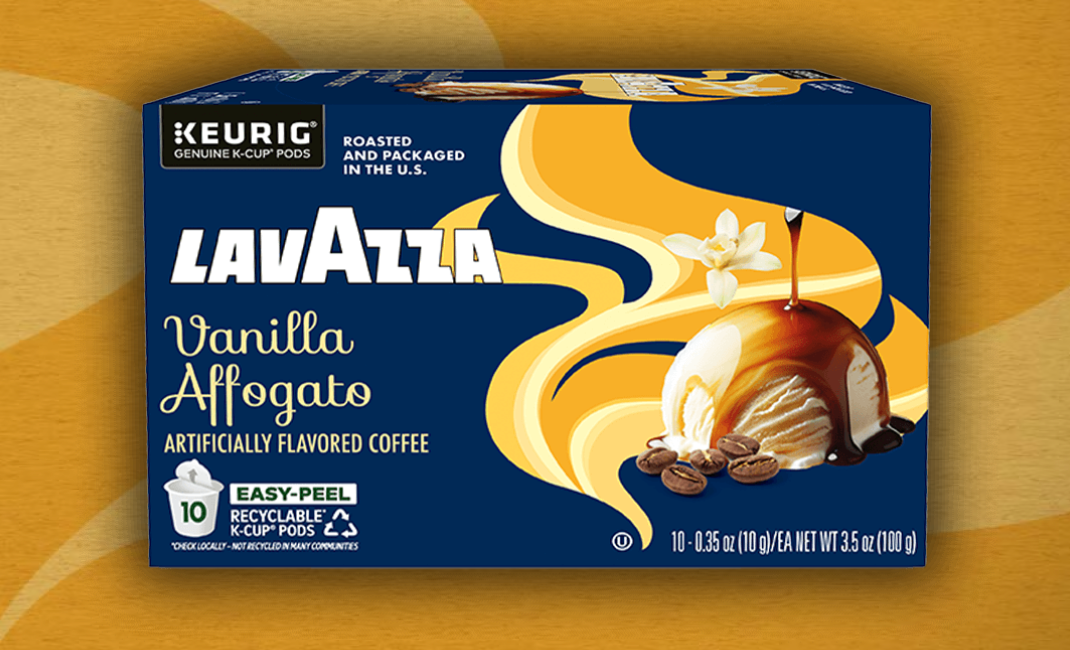This recent story about the US imposing staggering tariffs on Italian pasta imports cracks me up. It’s just so absurd in every way, from the tariff amount of 92% (who did the math on that?) to the rationale that Italian pasta makers are “dumping” inferior products into the American market at cheap prices. Yeah, because the Italians are so not interested in artisanal products made with great care that require (and deserve) premium pricing. They are practically the China of food products…Per favore. Better yet: Che caz! (That’s Italian, sort of, for WTF?).
I am fully confident that this silly tariff story will go away on its own, though I’m glad it came up as there’s an aspect that aligns with a program we are getting ready to launch at Appetito that does have to do with the price of pasta, particularly those imported from quality producers in Italy.
“Pay for Your Pasta” will launch in the New Year as a series dedicated to the high-quality producers of Italian pasta that can be found on American shelves. The series will feature our influencer friends working with select brands on signature recipes. The emphasis, again and again, will be the reasons why you should pay more for pasta. Let me first tell you here that not all pastas are equal and that most (if not all) Italian pastas are far superior to their American competitors. Why?
Quality: As with every consumable produced, it starts with the ingredients. Italians have the best ingredients for pretty much everything, and this includes pasta, which should just be flour and water (that’s it). Italian pasta comes from Semolina flour, derived from Durum wheat. That’s as good as it gets. No preservatives. No additives. Not milled as a mass production. You put this with the quality of water readily available in Italy, and you’re off to a damn good start.

Process: These Italian artisan producers are not banging out enormous quantities at giant factories. They produce small batches, slowly (especially in the drying process) with great care and attention to well-honed and honored craft. The pastas are also cut with brass or bronze dies, which take longer, while American producers use teflon dies for efficiency and cost-effectiveness. This is evident in the texture of the respective pastas: Italian, scored and gritty; American, smooth as a baby’s bottom. (More on this later when we get to taste).
I think the case has been made as to why Italian pasta is better than American pasta. But why should you pay more? Here’s why:
Taste: Everything that comes from Italy tastes better, and this includes dry pasta. The ingredients and process as noted above explain this as a matter of logic. Yes, taste is subjective, but it’s widely recognized that Italian pasta has more flavor and a better texture. And that rough exterior created by the bronze dies allows the sauce to adhere better, which adds more flavor to each bite. Flavor provides pleasure. Go for it.
Health: Most of us have heard stories or have had the personal experience of feeling better when we are in Italy. Yes, the sensory abundance inspires euphoria (personally, I get high just from the light), but there’s also a physical component to this based on what we are eating. Our digestive tracks simply function better when eating clean, unprocessed foods. There is less gluten in artisinal Italian pastas, and this explains why so many gluten-free dieters can take pasta and pizza in Italy. It’s also why so many lactose intolerant folks can eat gelato in Italy (that’s another story but to the same point about quality). Gluten-free or not, we all benefit from starches that are devoid of preservatives and whatever else the mass producers do to their products to expedite production and extend shelf life. When we digest better, we feel better. And feeling good is good.
Yes, you will pay more for a pound of pasta. Let’s say $8 as opposed to $2 (btw: you can find quality Italian pastas for as little as $4). On paper, that’s a whopping 4x more! But wait, in reality, a pound of pasta feeds four people, so you are paying two bucks a portion as opposed to 50 cents? Is that really a big deal when we consider how important quality food is to our lives? How much does a pumpkin spice latte at Starbucks cost? Or the other things we throw money at every day…
We’ve been bombarded with cheap pasta for so long, so the mindset is hard to change. The argument here, and the point of this forthcoming campaign, is to get Americans to change their mindset about pasta. We all know that you get what you pay for and paying more for pasta results in an elevated experience at the table and a better feeling overall. Give it a try!
Editor's Note: If you are a high-quality Italian pasta brand and would like be featured in the "Pay for Your Pasta" series, please contact Editor-in-Chief, Andrew Cotto: andrew@appetitomagazine.com.







